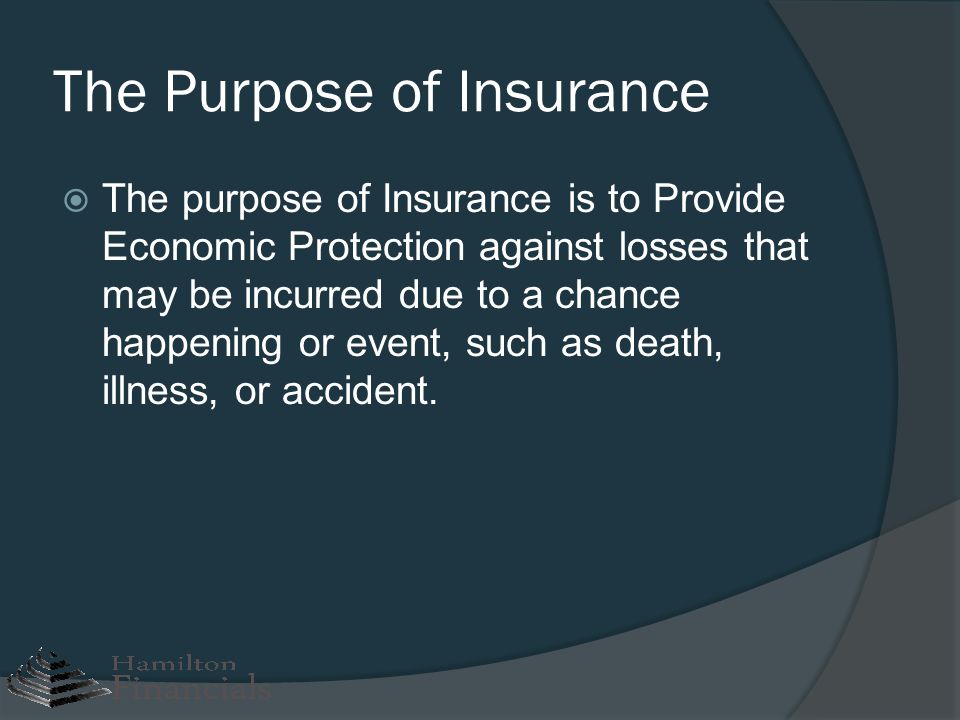The smart Trick of Pacific Prime That Nobody is Talking About
The smart Trick of Pacific Prime That Nobody is Talking About
Blog Article
Pacific Prime Things To Know Before You Get This
Table of ContentsThe 7-Minute Rule for Pacific PrimeTop Guidelines Of Pacific PrimeExcitement About Pacific PrimeIndicators on Pacific Prime You Need To KnowUnknown Facts About Pacific Prime

This is because the data were collected for a duration of strong economic performance. Of the estimated 42 million people that were without insurance, just about regarding 420,000 (about 1 percent) were under 65 years of age, the age at which most Americans become qualified for Medicare; 32 million were grownups in between ages 18 and 65, around 19 percent of all adults in this age group; and 10 million were youngsters under 18 years old, regarding 13.9 percent of all children (Mills, 2000).
These quotes of the number of individuals without insurance are generated from the yearly March Supplement to the Current Population Study (CPS), conducted by the Demographics Bureau. Unless otherwise noted, national price quotes of individuals without health and wellness insurance and percentages of the population with different kinds of protection are based on the CPS, one of the most extensively utilized source of estimates of insurance coverage and uninsurance prices.
The Facts About Pacific Prime Uncovered

Still, the CPS is particularly valuable because it generates annual price quotes reasonably swiftly, reporting the previous year's insurance protection estimates each September, and due to the fact that it is the basis for a regular collection of quotes for greater than 20 years, enabling analysis of patterns in protection gradually. For these reasons, in addition to the comprehensive use the CPS in other studies of insurance policy protection that are offered in this record, we depend on CPS price quotes, with restrictions noted.

The price quote of the number of uninsured individuals broadens when a population's insurance standing is tracked for numerous years. Over a three-year duration beginning early in 1993, 72 million individuals, 29 percent of the united state population, were without protection for at the very least one month. Within a single year (1994 ), 53 million individuals experienced a minimum of a month without coverage (Bennefield, 1998a)
6 out of every 10 uninsured grownups are themselves employed. Working does boost the likelihood that one and one's family participants will have insurance policy, it is not a guarantee. Also members of family members with two permanent breadwinner have nearly a one-in-ten chance of being without insurance (9.1 percent without insurance price) (Hoffman and Pohl, 2000).
The Single Strategy To Use For Pacific Prime
New immigrants make up a significant proportion of individuals without medical insurance. One evaluation has associated a significant section of the recent growth in the dimension of the U.S. without insurance population to immigrants that got here in the country in between 1994 and 1998 (Camarota and Edwards, 2000). Recent immigrants (those who concerned the USA within the that site past 4 years) do have a high rate of being uninsured (46 percent), yet they and their children represent just 6 percent of those without insurance coverage country wide (Holahan et al., 2001).
The partnership in between medical insurance and accessibility to care is well established, as recorded later on in this phase. Although the partnership between wellness insurance coverage and health results is neither straight neither straightforward, a substantial clinical and health and wellness solutions study literary works web links wellness insurance policy protection to improved accessibility to care, better quality, and enhanced individual and populace health and wellness condition.
Degrees of evaluation for analyzing the effects of uninsurance. It focuses specifically on those without any health insurance coverage for any kind of size of time.
Top Guidelines Of Pacific Prime
The issues faced by the underinsured remain in some respects similar to those encountered by the uninsured, although they are generally less extreme. group insurance plans. Uninsurance and underinsurance, however, involve clearly various policy issues, and the techniques for resolving them might differ. Throughout this study and the 5 reports to adhere to, the main emphasis is on persons with no medical insurance and hence no support in paying for health treatment past what is offered with charity and safeguard institutions
Health and wellness insurance is an effective element impacting invoice of care due to the fact that both people and doctors reply to the out-of-pocket cost of services - https://allmyfaves.com/pacificpr1me?tab=pacificpr1me. Medical insurance, however, is neither essential nor adequate to acquire accessibility to medical solutions. However, the independent and direct effect of wellness insurance policy coverage on accessibility to health solutions is well developed.
Others will certainly get the healthcare they need even without wellness insurance coverage, by paying for it out of pocket or seeking it from service providers who use care totally free or at highly subsidized prices. For still others, health insurance alone does not make certain receipt of treatment as a result of other nonfinancial barriers, such as an absence of health and wellness care carriers in their neighborhood, minimal access to transport, illiteracy, or etymological and social distinctions.
The smart Trick of Pacific Prime That Nobody is Talking About
Official research about without insurance populaces in the United States dates to the late 1920s and early 1930s when the Committee on the Expense of Healthcare produced a series of reports regarding funding physician office check outs and hospital stays. This problem ended up being salient as the varieties of medically indigent climbed up throughout the Great Clinical depression.
Report this page